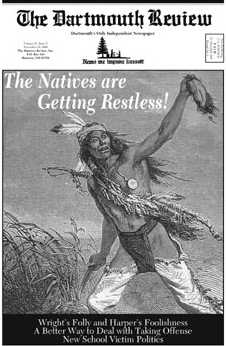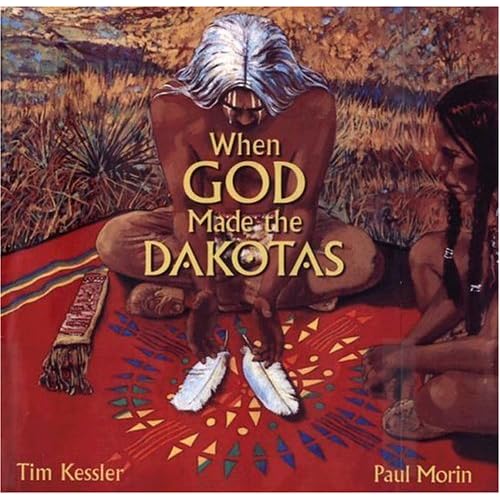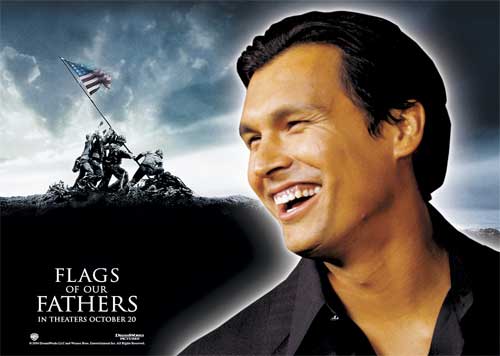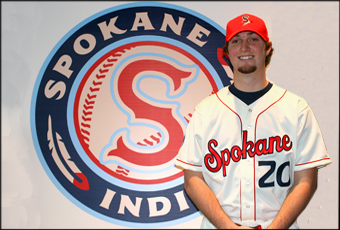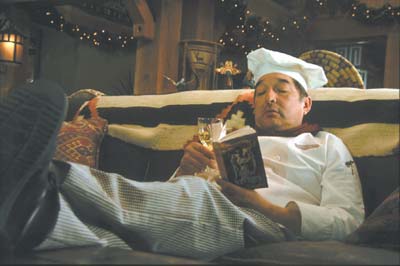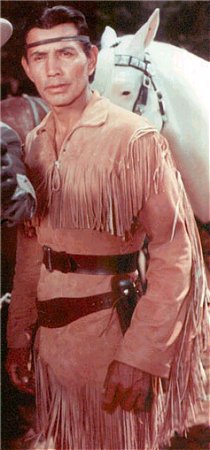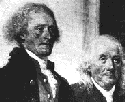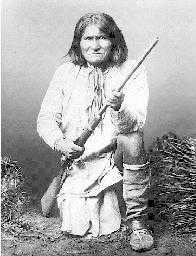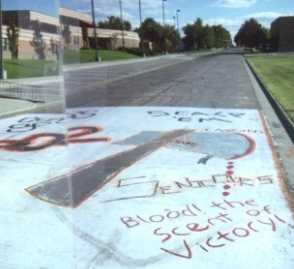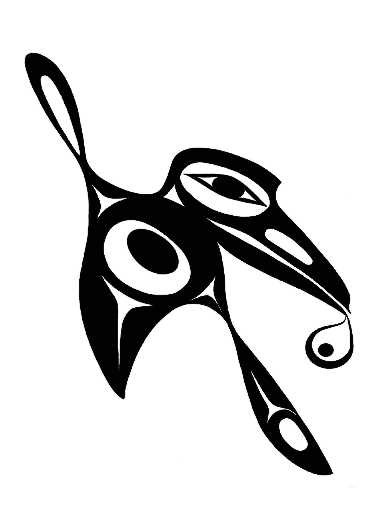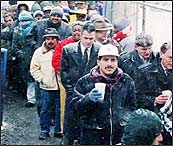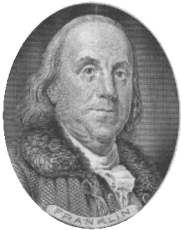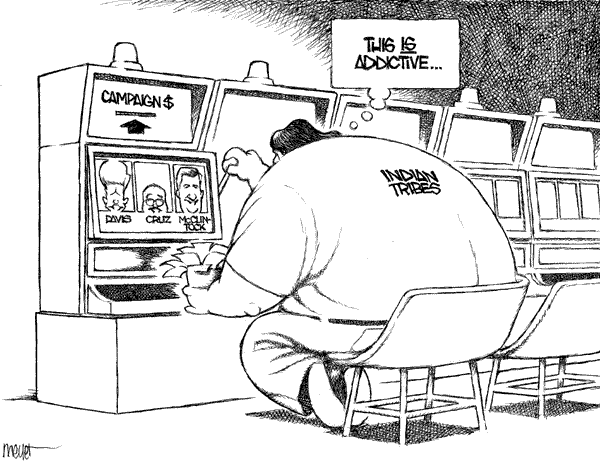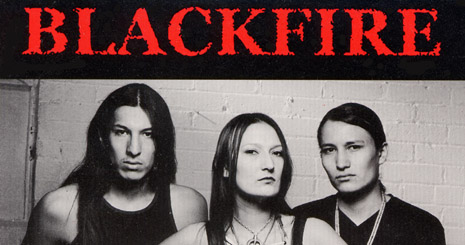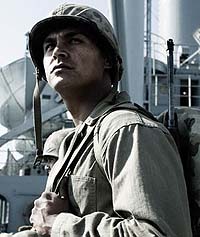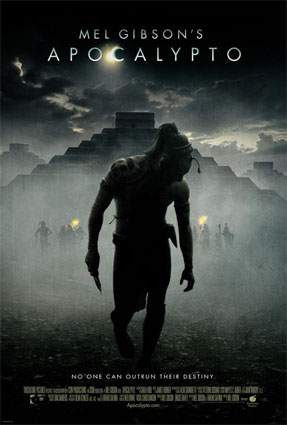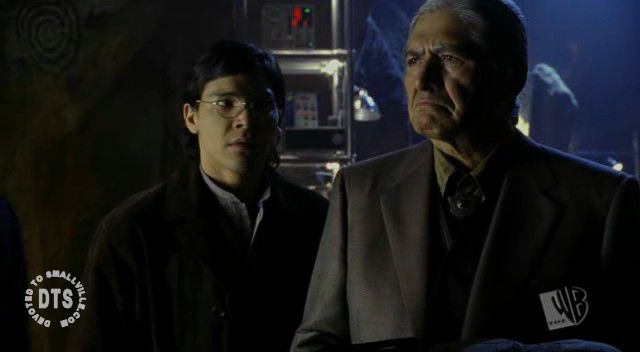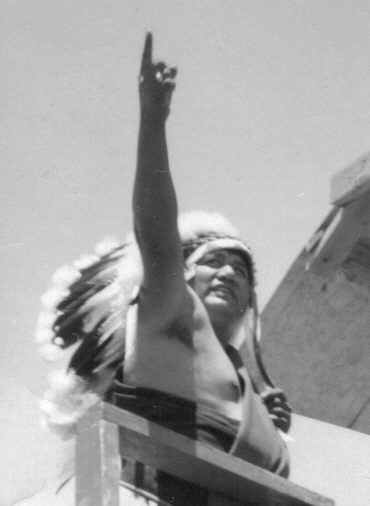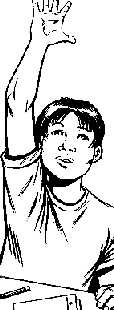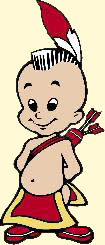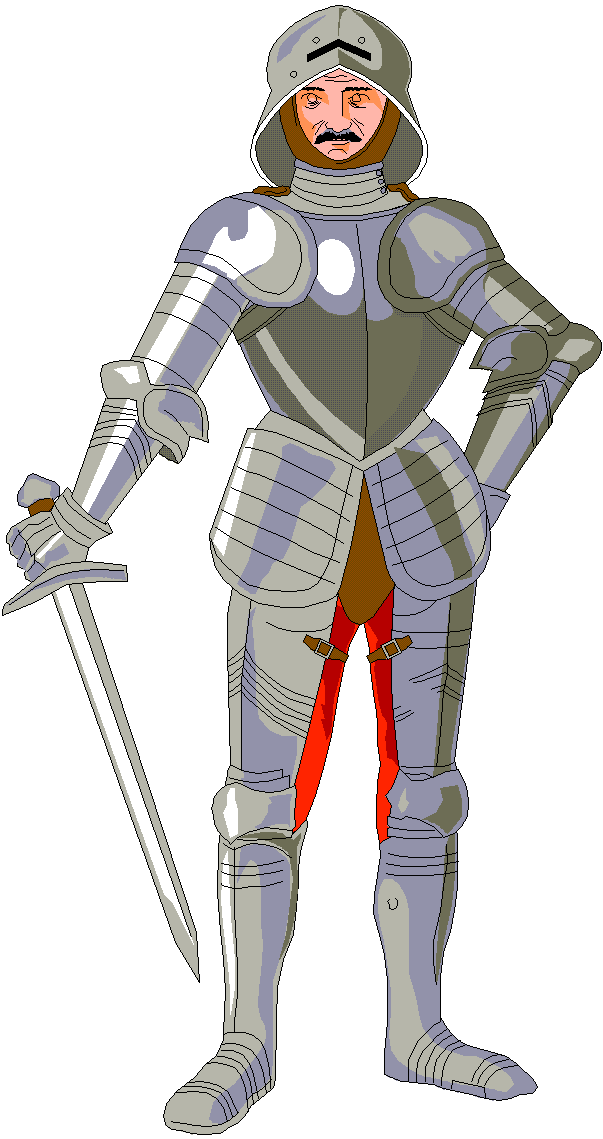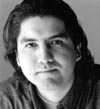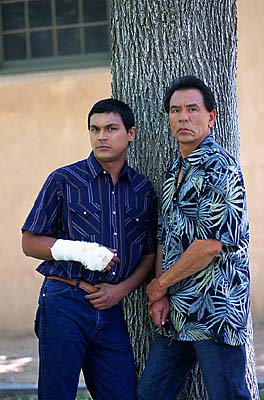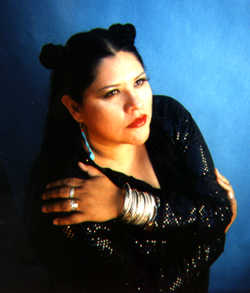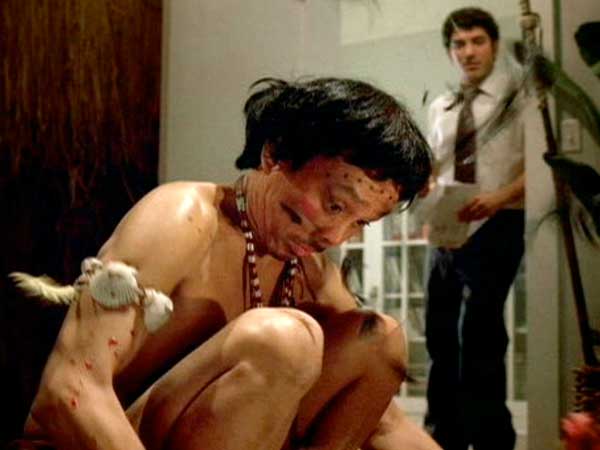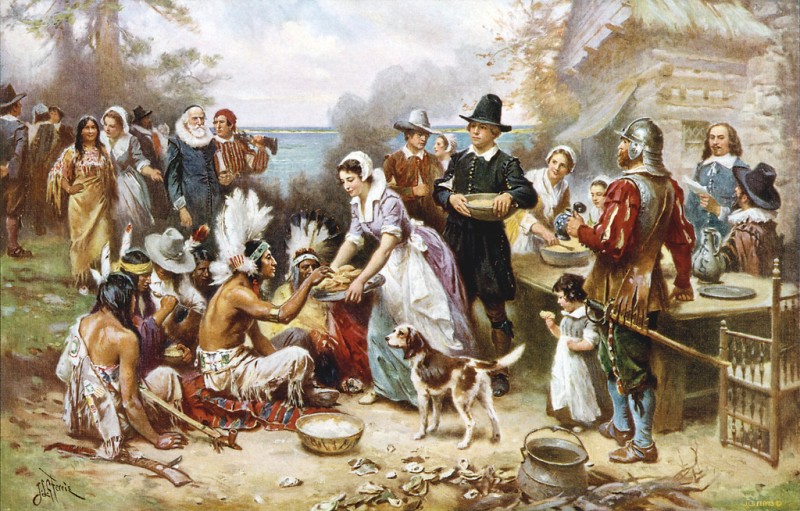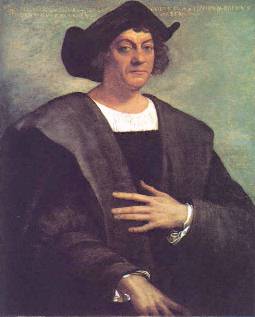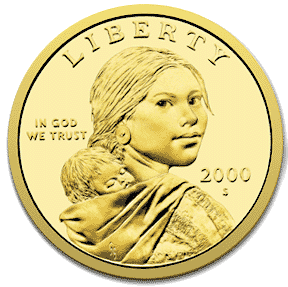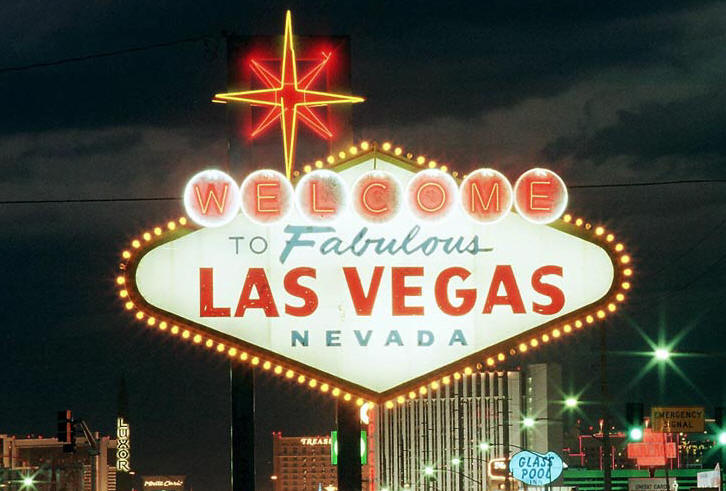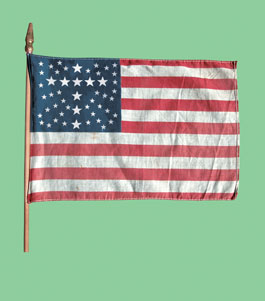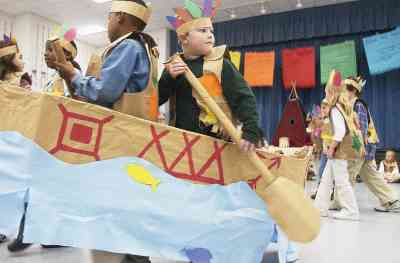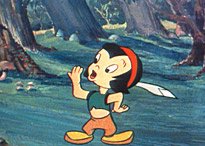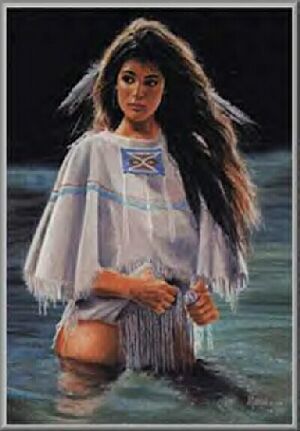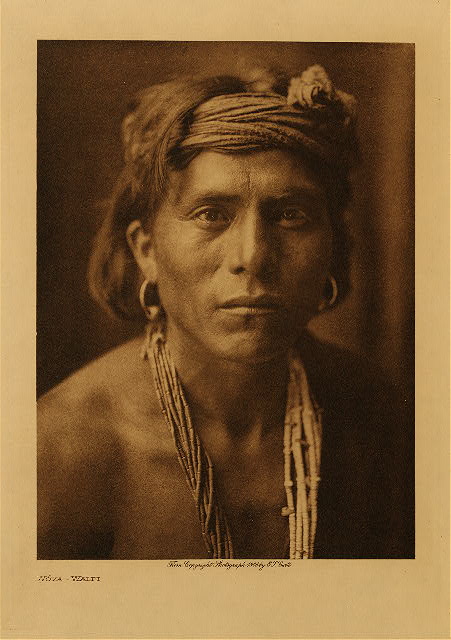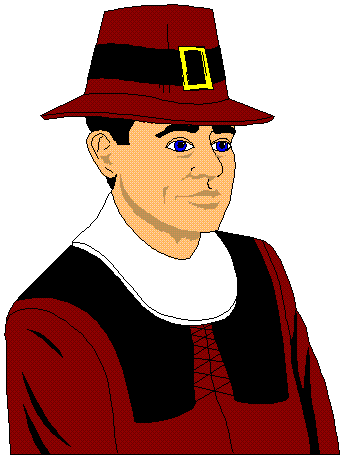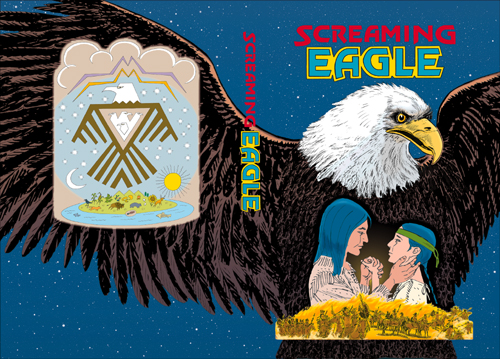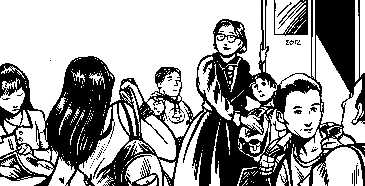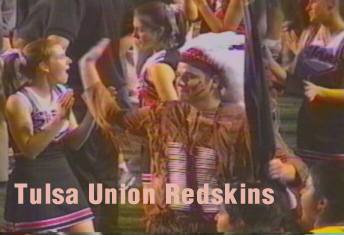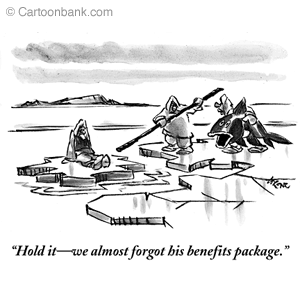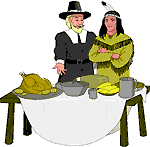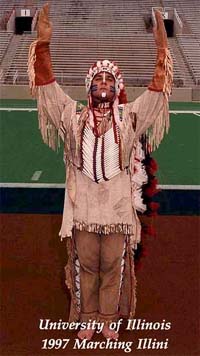And angry they became. The climax of their anger was a two-page advertisement in the Daily D on November 20, paid for by the Native American Council (of which only two students are members), chronicling a “series of campus incidents that can only be described as racist.” The ad violently attacked not only the perpetrators of these events, but the entire campus, “complicit with racism,” and the administration, who failed to “respond swiftly and visibly by denouncing these acts.” The ad was wrought with factual inaccuracies—including matters as simple as dates—and conspicuously lacked any sort of demand for what ought to be done, or what the NADs ultimately hoped to achieve. Instead, they pulled no punches in attacking the entire community, freely bandying about buzzwords like “racism,” “offended,” “intolerance,” and “ignorance.”
Mascot protests like this go on all the time. Normally, I wouldn't cover them, because reporting on mascots alone could require a full-time blog. But this one is breaking into the mainstream press, with articles like Dartmouth Rallies for Minority Students in the NY Times reporting on Hundreds Converge on Dartmouth Hall for "Solidarity Against Hatred" Rally in The Dartmouth. Therefore, it's worth reading about in real-time.
Eventually, this controversy and editorial will go into the Stereotype of the Month contest. Offhand, I'd say we have a likely winner for November. <g>
